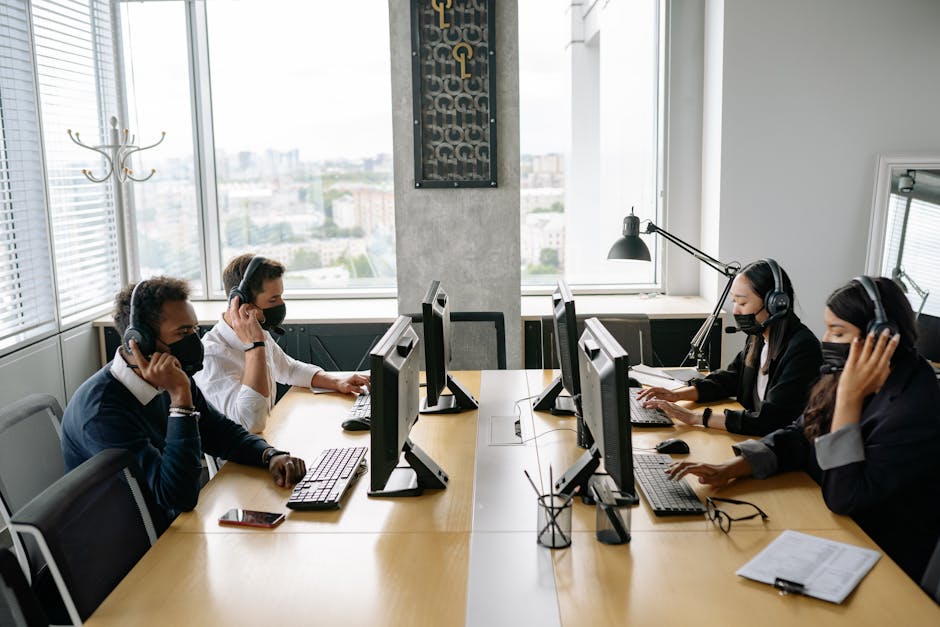5 Types of Work Environments That Support Unique Employee Needs
“Today's offices are designed to cater to the diverse needs of employees, offering a variety of work environments that promote focus, collaboration, and well-being. From focus zones to social spaces, discover the five essential types of work environments that every modern office should have. ”

In today's dynamic work landscape, traditional office models are giving way to modern, employee-centric designs that cater to the unique needs of the workforce.  These innovative office spaces are not only visually appealing but also equipped with cutting-edge technology and designed to support various work styles and preferences.
These innovative office spaces are not only visually appealing but also equipped with cutting-edge technology and designed to support various work styles and preferences.
To create a productive and engaging work environment, it's crucial to provide employees with a variety of spaces that cater to their specific needs. Here are five types of work environments that every modern office should have:
1. Focus Zones
Focus zones are dedicated areas designed for employees who require a quiet, distraction-free environment to concentrate on their work. These spaces can include:
- Phone booths
- Meeting pods
- Small tables
- Designated "library" rooms
To optimize focus zones, consider incorporating comfortable seating, multiple monitor options, and soundproofing capabilities.
2. Breakout Areas
Breakout areas provide an alternative to traditional conference rooms, offering a more casual and flexible setting for impromptu meetings and collaborations. These open spaces typically feature:
- Comfortable seating
- High tables
- Rolling whiteboards
- Coffee carts
- Notebooks and pens

3. Resource Spaces
Resource spaces are designated areas where employees can access the tools and equipment they need to complete their work efficiently. These spaces may include:
- Supply rooms with printers, photocopiers, and office supplies
- Tech rooms with extra monitors, cables, and desk equipment
- Shipping and labeling spaces
To maximize efficiency, consider placing tech spaces near your IT team and supply rooms near your workplace team.
4. Social Spaces
Social spaces play a crucial role in fostering a sense of community and promoting employee well-being. These areas provide employees with a place to unwind, relax, and connect with their colleagues. Social spaces should be designed to encourage interaction and may include:
- Large, open spaces with various seating options
- Game rooms or entertainment areas
- Cafes or kitchens

5. Hot Desking Spaces
Hot desking spaces have replaced traditional cubicles, promoting open communication and collaboration among employees. These spaces typically feature an arrangement of hot desks organized by team or cross-functional partners. With the right desk booking tool, workplace leaders can create neighborhoods that allow team members to sit together and maximize their productivity.

By providing a diverse range of work environments tailored to the unique needs of employees, workplace leaders can create a more positive, productive, and engaging office experience. As the modern workforce continues to evolve, it's essential to adapt office designs to support the changing needs and preferences of employees, ultimately leading to increased job satisfaction, collaboration, and overall success.